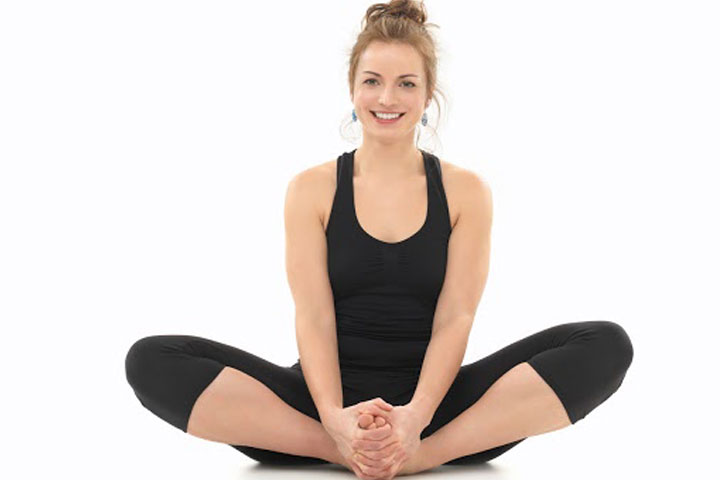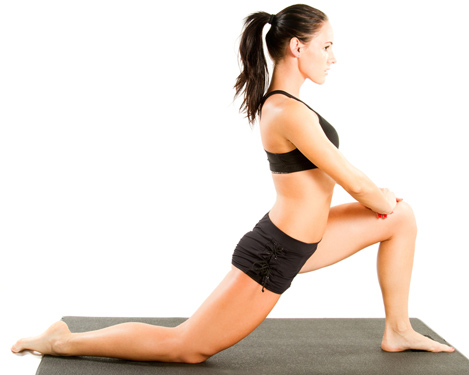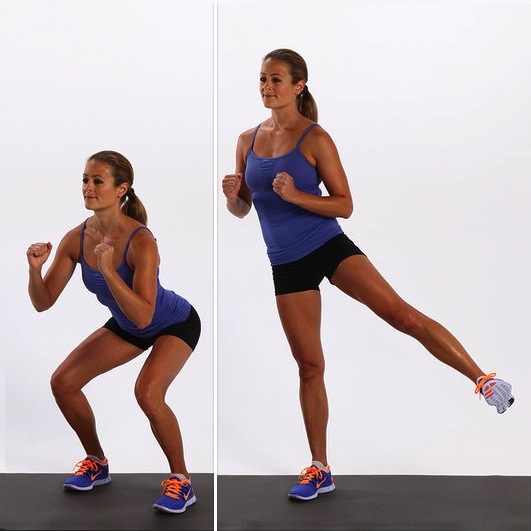Your hip flexor is basically composed of 17 hip muscles which bind the lower and upper body. As a result, it provides equilibrium, mobility, and steadiness. Psoas major and iliacus muscle are core hip flexors which allow us to flex waist area, raise knees, and rotate midsection. Due to extreme and regular flexion, hip muscles are prone to wearing-down situations which then results in pain in hip flexor.

Causes and Symptoms of Hip Flexor Pain
Causes
The occurrence of the pain could be due to different reasons. The common cause is the tightening of hip flexors, because of the consistent contraction and relaxation of the muscles involved.
Below are some of the common causes:
- Muscle Misuse – The excessive use of hip flexors results in the tightening of the involved flexors. Daily activities such as brisk walking, sprinting, hopping, and even the simple flexing of the knee can cause pain in hip flexor. Excessive contraction and relaxation of flexors result in inflammation and swelling.
- Occasional Use – Sitting for an extended period of time leads to the shortening of hip flexors. When sudden force or activity is applied, pain in hip flexor occurs. Proper warm-up procedure and habitual hip flexor activity limit the chances of pain in hip flexor.
- Vigorous Activities – In athletically-related activities, rigorous hip movements are required. Rapid, abrupt, and cogent movements such as those of the athletes often lead to hip flexor pain. A direct strike to the hip area can also cause pain.
Symptoms
To be able to determine the correct course of treatment, you must first learn the symptoms. Here are some of the common symptoms:
- A noticeable stiffness of the abdominal area down to the legs. The rigidity of the areas may result in inefficient mobility, struggles in walking, or the inability to sit or walk abruptly. Eventually, this may lead to reduced functioning.
- Inflammation or swelling around the hip region. This is usually characterized by tenderness along the superior thigh and pelvis.
- The upshot of overexerted hip flexors usually starts as a tolerable discomfort until the tear advances and the pain becomes highly perceptible and intense.
It is advised to consult a health professional as soon as you experience unusual pain within your hip flexor area.
How to Get Rid of Hip Flexor Pain
1. Allow Your Hip to Breathe
Rest is the best remedy for sore muscles. The same thing applies to tender hip flexor muscles. Refrain from doing the movements that caused pain in hip flexor. Allow your hip muscle to relax and avoid exerting too much pressure on the involved area.
You may opt for walking, swimming, aerobics, and other low impact exercises as not to engage too much stress on your flexor muscle.
Upon the onset of pain, elevate the leg of the affected hip within the first 48 hours. A cold compress can help for the regression of swelling. Ice the area for 20 minutes every 3 to 4 hours for 2 to 3 days. DO NOT apply ice directly to your skin. Wrap the ice in a clean cloth first. Over-the-counter pain relievers may also help in pain management.
2. Seek Professional Help
Pain that keeps recurring should be checked by a professional healthcare practitioner or by a physician. Before arriving at a definite diagnosis, your doctor will ask about your medical history, perform a physical examination, and may ask for further imaging and laboratory finding. After diagnosis, your doctor will lay out your course of treatment which may include bed rest, use of ambulatory support, physical therapy, exercise, or medications.
3. Improve Your Hips’ Flexibility
Stretching can help ease the discomfort brought by hip flexor pain. Stretching, when done on a regular basis, helps prevent pain. You may also do a standing hip flexor exercise.
- First, you need to stand up straight and keep your feet flat on the ground while maintaining a shoulder width distance.
- Gradually raise the knee of the distressed leg as high as you can while keeping your back straight and your hip muscle tight.
- Remain in this position for 2 seconds and then relax. You may repeat the process in 10 consecutive times, twice daily.
How to Prevent Hip Flexor Pain
The following tips can also help in the prevention of flexor pain:
- Refrain from sitting over a period of time – Make sure to regularly get up and stretch your legs every hour.
- Perform a warm-up or do stretching before your exercise routine – Doing a warm-up stretching routine reduces the risk of flexor pain and helps you achieve an effective exercise without disruptions.
- Exercise regularly – it helps develop muscle tone, strength, and elasticity.
Exercises for Healthy and Strong Hip Flexor
1. Seated Butterfly Stretch

This easy step will expand your inner thighs, hips, and inferior back muscles while sitting down.
- Sit on the floor. Keep your back at a straight angle.
- Let the soles of your feet meet together in front of you. Allow your knees to expand at your sides.
- Slowly drag the heels of your feet towards you, loosen up your knee muscles, and let them edge closer to the floor.
- Inhale deeply and embrace this pose for 10 to 30 seconds.
2. Bridges

This is an innovative pose while lying down!
- Lie on the floor and rest your arms at the sides. Place your feet on the floor while your knees are flexed. Adjust your position so your fingers can reach your heels.
- Push towards your heels and raise your hips off the floor and forward while pressing your glutes together.
- Hold the stance for a couple of seconds before going back to your primary position. You may repeat this over and over again.
3. Lunges

- Stand straight, and step frontward using your right foot.
- Flex your stretched knee and shift your weight into that opposite leg. Gradually lower yourself until your left knee hangs above the ground.
- Step back, resume your primary position, relax, and go over the pose using your other leg.
4. Skater Squats

This movement is almost synonymous to the regular squats with a little modification to accommodate your hip flexor needs.
- Flex your hips and knees. Gradually lower your buttocks while maintaining your back straight and chest raised.
- After every single squat, transfer your body weight to one leg while raising the other leg to the side with toes facing forward.
- Repeat the movement using alternate leg.
